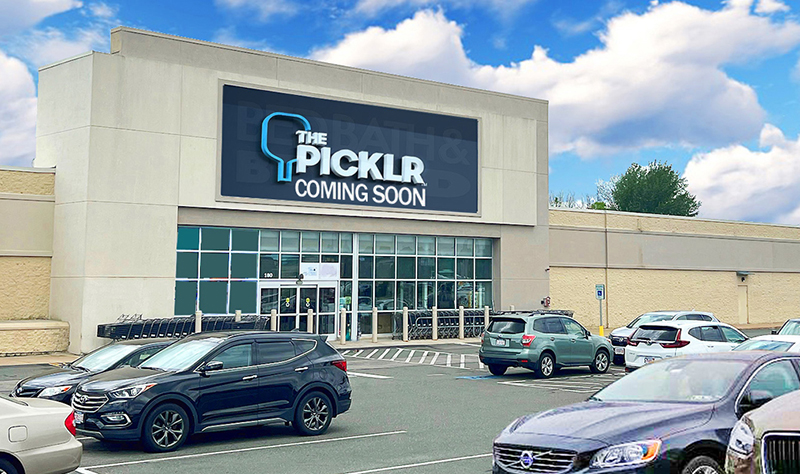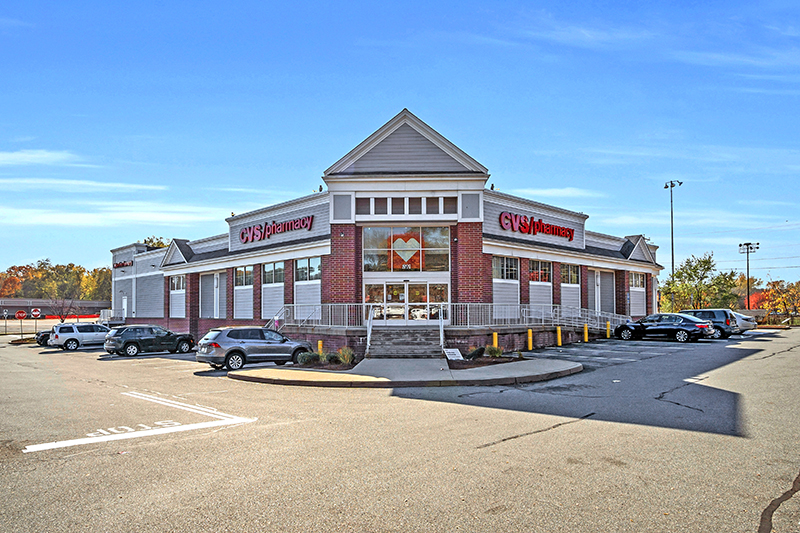News: Retail
Posted: November 25, 2008
Does the ever changing entitlement process effect the development process?
Shortly after the concept for a new project starts to take shape, questions about entitlement permits begin to shape the outcome. They can affect the design, schedule, cost, and ultimately the success of the project more than the physical characteristics of the land itself.
These permits, like developers, are dynamic and must continually change direction as knowledge and technology evolves. The process of obtaining entitlement permitting for commercial land development projects sometimes feels like trying to fit a square peg in a round opening; the opening was square when you started, but changed shape just as it was going to fit.
All of us, developers, end users, and consultants in the land use development arena are challenged by the ever changing regulations, and the biggest challenge is staying current. A design that worked successfully yesterday on a project may not work today because a new regulation has been introduced or an established regulation has been modified.
Certain aspects of design need to be incorporated as a matter of course to be responsible as well as to minimize the liability of stakeholders. These include minimum levels of site lighting, emergency vehicle access, and appropriate site circulation and traffic controls. Others must also be considered as a matter of responsible development but are mandated by local, state and federal requirements. These include the Americans with Disabilities Act (ADA) accessibility guidelines, regulations regarding work within FEMA flood zones and zoning bylaws to name a few.
Examples of some recent changes to entitlements affecting design projects in the New England region include some obvious and some not so obvious. The most obvious of course, is the emphasis on Low Impact Design (LID) elements and the push to require them in storm water management designs. Mass. has introduced such requirements in their revamped Storm Water Management Handbook issued in January of this year. These guidelines can be found at www.mass.gov/dep/water/wastewater/stormwat.htm. New Hampshire also underwent a complete revamping of the Alteration of Terrain Permit scheduled to be released in January 2009. The new rules will have a heavy emphasis on stormwater management, through infiltration, and LIDs. http://des.nh.gov/organization/commissioner/legal/rulemaking/. Rhode Island is also in the process of revising their stormwater regulations, with the other New England states close behind.
Other less obvious and publicized changes include some at the Federal level such as the anticipated implementation of the changes to the ADA accessibility guidelines. These guidelines are created by the U.S. Access Board but are not effective until they are adopted by the Department of Justice (DOJ). The release date for these changes is uncertain at this time.
In addition, the EPA is developing a national regulation for the construction and development industry that will address effluent limitation guidelines to be incorporated into the Construction General Permit (CGP) under the National Pollution Discharge Elimination System (NPDES) program. Just this past week, the U.S. EPA announced their new policy to reduce runoff from commercial projects. A pilot program or test case is being proposed here in metro Boston in the Charles River Watershed and initially targets the Charles River headwaters in the towns of Bellingham, Milford, and Franklin.
The Mass. EPA plans to add to this effort and expand it to all the 35 cities and towns within the Charles River Watershed. It's likely that before long this will be expanded to other rivers in the Northeast.
This past week governor Deval Patrick announced a new solar initiative aimed at big box retail at the Greenbuild International Conference and Expo. The proposal makes sense, solar panels on large flat roofs with unencumbered exposure to sunlight, and if tied to the entitlement process by making it part of the Mass. Environmental Policy Act (MEPA) review, it will have the necessary teeth to move it forward.
Everything changes and so must we. That's why this industry is exciting because it's forever changing and challenging and the people in it thrive on the success that comes from finding solutions, meeting the challenge and adapting to new environments.
Rich O'Connell is president and one of the founding principals of R J O'Connell & Associates, Stoneham, Mass.
Tags:
Retail
MORE FROM Retail
Mace of KeyPoint Partners negotiates 36,192 s/f lease for The Picklr at Endicott Square
Danvers, MA KeyPoint Partners (KPP) negotiated a lease with the nation’s premier indoor pickleball venue The Picklr at Endicott Sq. Vice president of retail brokerage Don Mace negotiated the transaction on behalf of the landlord.

Quick Hits




.jpg)


.png)